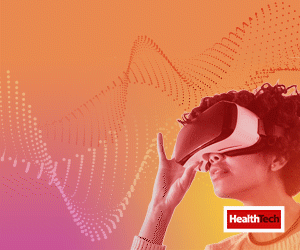Wearables Can Help with Pain Management, Sleep
Phoenix Children’s Hospital found a similar approach helped boost satisfaction among their patients, who had access to an iPad in every room. The device stored health records and treatment plans and included access to entertainment options such as games and social media.
“Research shows that the quality of stay for patients and their potential medical recovery can be greatly influenced by whether they have a distraction device like this,” Executive Vice President and COO David Higginson told HealthTech. “We have patients with cystic fibrosis who have to be in isolation over the winter months. Imagine being a teenager locked in a room with no access to social media for a month. It’s miserable.”
Appropriate and effective pain management is also closely tied to patient satisfaction, and some organizations are using handheld technologies in this arena as well.
At Southern Hills Hospital and Medical Center in Las Vegas, doctors use Samsung tablets running AI software and a connected wearable to help patients manage pain and reduce their dependence on opioids. When the device detects a pattern that indicates pain, discomfort or nausea, it delivers personalized diversionary content.
In addition to pain management, seniors can play cognitive games on the tablets, and patients who have trouble sleeping in hospitals can use music apps to help them nod off.
“This has greatly enhanced the patient experience in our hospital emergency department,” said Kathy Millhiser, director of emergency services at Southern Hills. “We understand how vulnerable our patients can feel when they are in pain and come to the hospital for care.”
Providers must prioritize patient satisfaction as part of any strategy to leverage mobile tools, says Christine Holloway, vice president of CDW Healthcare.
“Like Phoenix Children’s and other organizations, providers must continuously assess the mobile landscape and adjust their strategies accordingly,” she writes in a recent HealthTech article. “Without a well-thought-out plan in place, hospitals will struggle to reap the benefits of deploying technology that caters to today’s end users and meets patients on their terms.”











